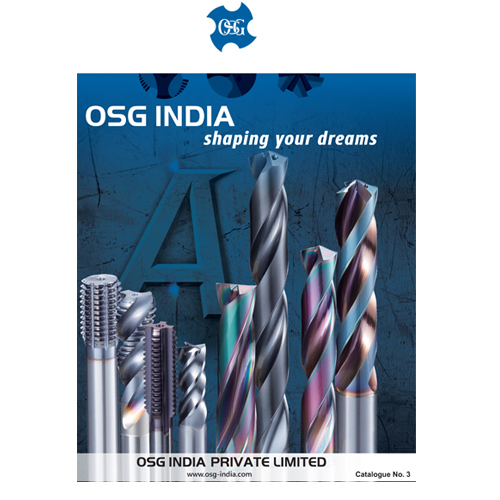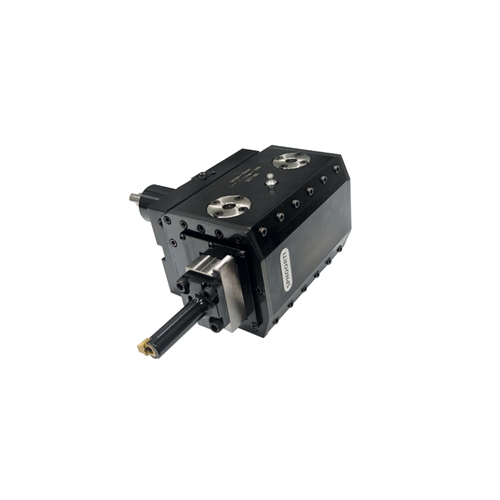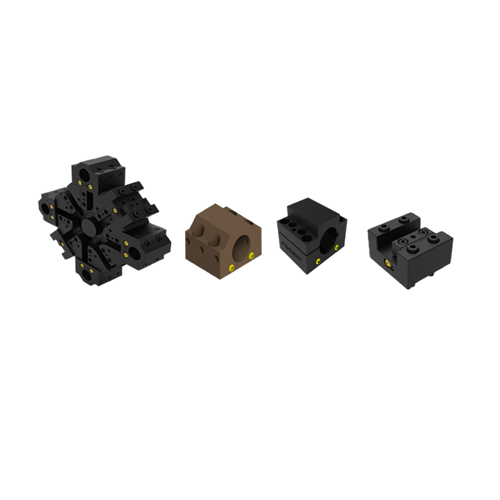Schedule a Call Back
CnC Laser plans to manufacture fiber and CO2 lasers in India
 Interviews
Interviews- Dec 29,23

Related Stories

Indian Machine Tools Industry Gains Amid Shifting Global Dynamics
India’s machine tools industry is attracting strong global investment, driven by rising domestic demand, precision manufacturing growth and supply-chain realignments, even as global markets slow. ..
Read more
TRUMPF Showcases Laser and Plasma Technologies at Semicon Japan 2025
At Semicon Japan 2025, high tech company TRUMPF demonstrates how innovative laser and plasma technologies can reduce production costs, improve chip quality, and make the semiconductor industry fit f..
Read more
India’s demand for high-precision machine tools is rising: K Balasubramaniam
In this interaction with Rakesh Rao, K Balasubramaniam, Founder, Tsugami Precision India, discusses the evolving machine tools landscape and the company’s role in shaping India’s manufacturing t..
Read moreRelated Products

Precision Cutting Tools1
S S Trading Corporation offers a wide range of precision
cutting tools.

Slotting Head Unit for All Cnc Turn Mill Centers
Sphoorti Machine Tools Pvt Ltd offers a wide range of
slotting head unit for all CNC turn mill centers.

Slotted Tool Disc and Tool Holders
Prominent Machine Tools offers a wide range of slotted tool disc and tool holders.















